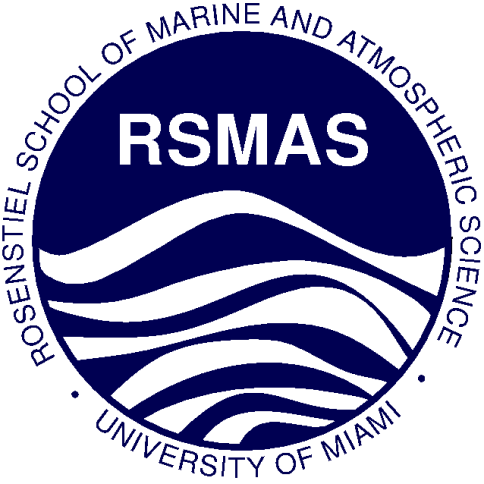During the Deepwater Horizon blowout, chemical dispersants were injected in the deep ocean for the first time in history. Typically used at the surface, dispersants reduce the oil droplet size resulting in faster biodegradation by marine microorganisms. But how these dispersants interacted with the oil billowing from the well head is the main question of Task 1. The goals of near- and far-field modeling are to
-
- generate an integrated fundamental model that can be applied to predict oil behavior during marine blowouts
- quantify the effect of dispersant injection, and
- identify ecosystem components interacting with sub-surface and sedimented oil
Task 1 operates through collaboration with the University of Miami, Texas A&M University, the University of Western Australia, and NHL University of Applied Science in the Netherlands.
Research Summary
During the Deepwater Horizon oil blowout, chemical dispersants were injected in the deep ocean for the first time in history. Typically used at the surface, dispersants reduce the oil droplet size resulting in faster biodegradation by marine microorganisms. But how these dispersants interacted with the oil billowing from the well head is the main question of Task 1. The goals of near- and far-field modeling is to (1) generate an integrated fundamental model that can be applied to predict oil behavior during marine blowouts, (2) quantify the effect of dispersant injection, and (3) identify ecosystem components interacting with sub-surface and sedimented oil. Near-field dispersion refers to a mixture of oil and gas hydrates ascending soon after exiting the well. As this plume ascends in the water column the gasses dissolve and oil droplets remain. Tracking of these droplets is refered to as far-field modeling. Task 1 operates through collaboration with the University of Miami, Texas A&M University, the University of Western Austraila, and NHL University of Applied Science in the Netherlands.
Research Objectives
The goal of these near-field plume models is to accurately and efficiently predict the partitioning of oil and gas throughout the water column and at the sea surface. To achieve this goal the models must account for the currents, density stratification of the ambient seawater, supplied by the C-IMAGE physical models, and the partitioning and dissolution of oil and gas into the water column.
For this study we use the validated near-field Stratified Multiphase Integral Plume (SMIP) model (Socolofsky and Bhaumik, 2008; Socolofsky et al., 2011) that incorporates refined algorithms for stratification and cross-flow and predicts the partitioning of oil and gas throughout the water column and in the surface. More accurate multi-phase plume modeling requires improved knowledge of the initial conditions of the plume, gas-oil peeling processes, bubble/droplet size distribution, hydrate formation, and dissolution process for the bubbles and droplets. The accompanying plan to conduct high-pressure experimental research will provide insight on these important initial conditions. There is a critical need to enhance deep-water blowout models with stratification algorithms similar to the double-plume models developed by Crounse et al., (2007) and Socolofsky et al., (2008). Validation of the model focus on hindcasting the DWH release. The models are also used to forecast near-field plume behavior and the partitioning and water column distribution of oil and gas for a deep-water blowout scenario with varying compositions of petroleum.
To improve far-field model estimates of the chemical evolution, fate and transport of oil and gas from deep blowouts it is necessary to simultaneously account for key processes regulating:
(1) the formation of the rising plume in the near-field;
(2) the composition, distribution and fate of the sub-surface oil;
(3) and the dispersion, degradation and ecotoxicology of surface oil in the far-field.
The proposed suite of C-IMAGE nested circulation models in a single application is critical to identify pathways of the oil mixture from the deeper part of the GOM to the shallow coastal areas. This requires state-of-the-art computing techniques and the use of integrated oil spill application recently developed in the Connectivity Modeling System (CMS). The model represents discharged oil as droplets of varying sizes with distinct chemical fractions. In three-dimensional form, it predicted the dispersion and fate of the DWH releases over a few months, based on a preliminary assumed quantitative understanding of oil dispersion and degradation within 3D currents and mixing parameters.






